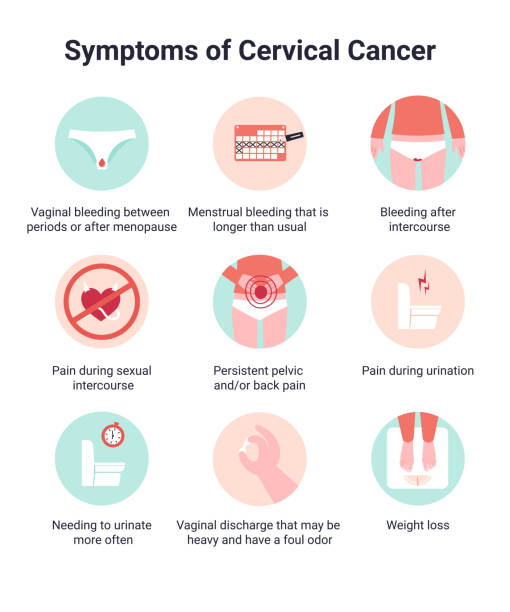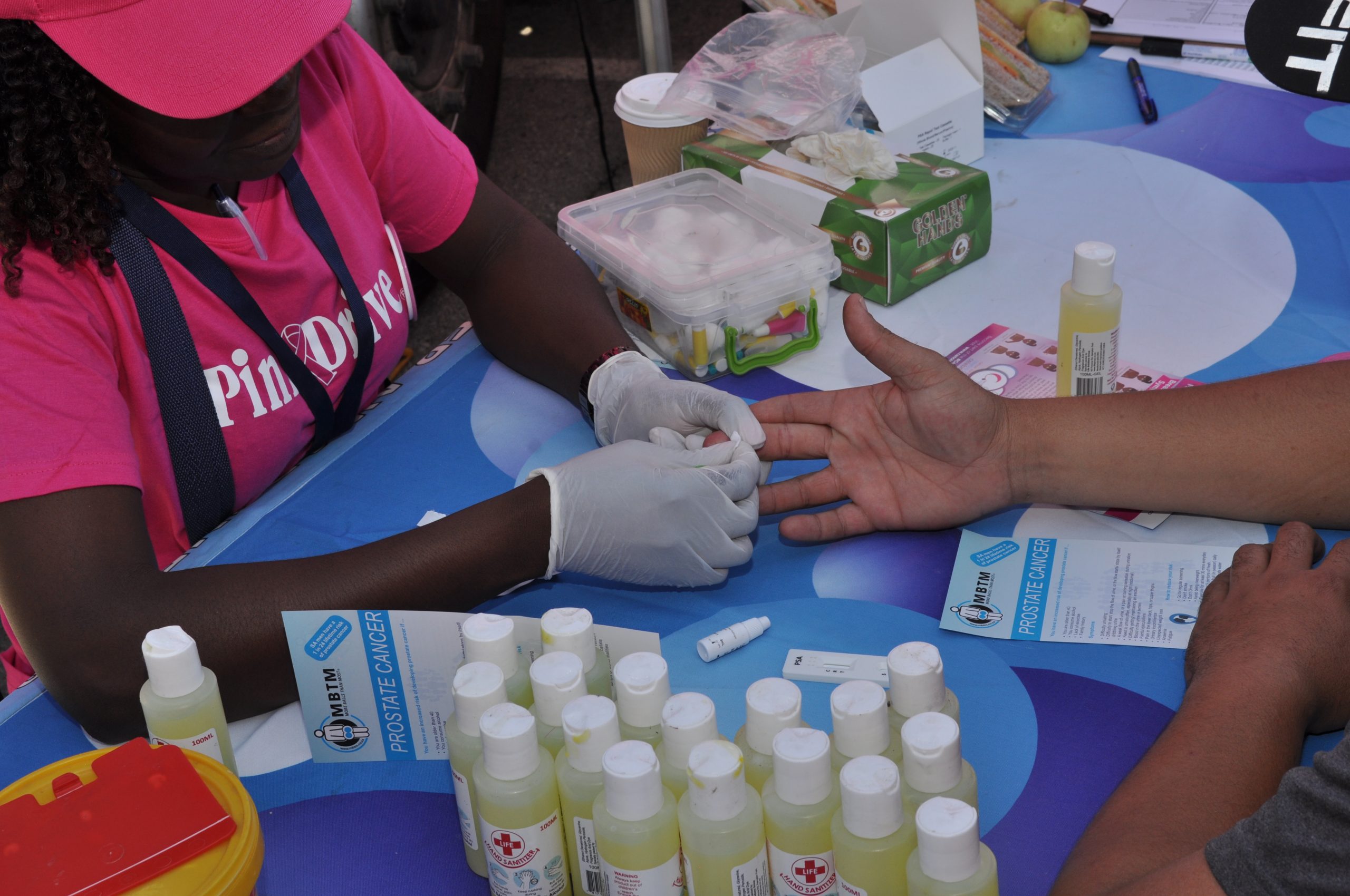Cervical Cancer
What is Cervical Cancer?
Cervical cancer is a malignant neoplasm arising from cells originating in the cervix. One of the most common symptoms of cervical cancer is abnormal vaginal bleeding, but in some cases, there may be no obvious symptoms until the cancer has progressed to an advanced stage. Cervical cancer is a disease in which cells in the cervix become malignant (cancerous).
The two main types of cells covering the cervix are squamous cells (on the exocervix) and glandular cells (on the endocervix). The place where these two cell types meet is called the transformation zone. Most cancers start in the transformation zone of the cervix (American Cancer Society; National Cancer Institute; CANSA).
- Cervical Cancer affects 1 out of every 41 South African women and kills approximately 8 every day.
- Cervical Cancer is caused by infection with certain types of Human Papilloma Virus (high-risk HPV).
- Infection with high-risk HPV does not cause symptoms until cancer has already developed.
- With appropriate testing, cervical cancer is preventable and curable.
- Don’t delay! Have your pap smear and HPV testing done today!
- Speak to your health care provider about testing.

Signs and symptoms
- Abnormal vaginal bleeding
- A continuous usual discharge from the vagina
- Pain during sex
- Pelvic pain
- Increased urinary frequency
- Painful urination
- Lower back pain
- Lower abdominal pain or discomfort
- Single swollen leg or painful legs
- Bone fracture
- Weight loss
- Urinary infection
Risk factors
- Smoking
- Sexual activity at a young age
- Multiple sexual partners or a partner who has had multiple sexual partners
- A weakened immune system, eg. due to HIV
- A poor Diet
- Being Overweight
- Immuno-suppression
- Chlamydia infection
- Long term use of oral contraceptives (birth control pills)
- Intrauterine device use
- Being younger than 17 at your first long term pregnancy
- Di-ethyl-stil-best-rol (DES)
Diagnosis
Pap smear – This is a procedure whereby cells from the surface of the cervix are collected. The cells are viewed under a microscope, after staining, to find out if the cells are abnormal. This procedure is also called a Pap test. It is short for Papanicolaou (1947) with reference to George Nicholas Papanicolaou (1883-1962), a Greek-born United States anatomist who developed the technique of staining and examining collected cells to test for cervical cancer (Dictionary.Com). Pap smears are done to screen for pre-cancer. Minimum window period is 10 years. Screening takes about 12 minutes to screen one patient.
Human Papillomavirus (HPV) Test – A laboratory test used to check DNA for certain types of HPV infection. Cells are collected from the cervix and checked to find out if an infection is caused by a type of HPV that is linked to cervical cancer. It is also called the HPV DNA Test. This is a very sensitive test. If someone is less than 25 years of age, they should not have an HPV test but continue with pap smear screenings regularly because the risk isn’t high enough to detect the pre-cancer cells or cervical lesions.
Co-testing – Cytology and HPV testing is the safest screening. Once you get a negative result, then it is negative for the 14 strains.
Colposcopy – A procedure in which a colposcope (a lighted, magnifying instrument) is used to check the vagina and cervix for abnormal areas.
Biopsy – A sample of tissue is cut from the cervix and viewed under a microscope by a pathologist to check for signs of cancer, often referred to as cone biopsy.
Endocervical curettage (ECC) – to examine the opening of the cervix
Pelvic Examination – An examination of the vagina, cervix, uterus, fallopian tubes, ovaries, and rectum. (National Cancer Institute)
Once a woman is diagnosed with cervical cancer, the medical practitioner will order more tests to determine how far the cancer has spread. This is part of staging and may include:
- Ultrasound
- Computed Tomography (also called Computerised Axial Tomography or CT scan)
- Cystoscopy
- Intravenous Pyelogram (IVP)
- Magnetic Resonance Imaging (MRI)
This site is protected by reCAPTCHA and the Google Privacy Policy and Terms of Service apply.







